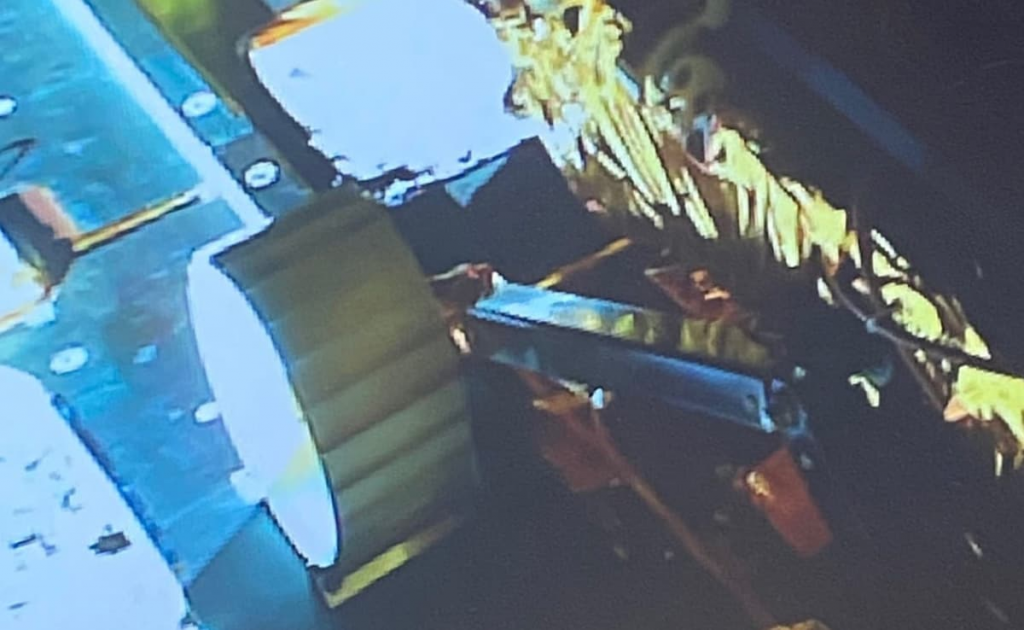In a groundbreaking achievement, India’s Chandrayaan-3 spacecraft successfully landed on the lunar south pole on August 24th, marking a significant milestone in space exploration. Hours after its historic landing, a pivotal moment unfolded as a side panel of the landing module gracefully extended, creating a ramp for the 57-pound (26-kilogram) rover, named Pragyan, to elegantly exit the lander. This strategic maneuver was executed flawlessly by the Indian Space Research Organization (ISRO), signifying the commencement of the rover’s mission to explore the lunar surface.
At a time when Russia’s Luna-25 mission had faced a crash, India’s triumph in securing a precise and gentle landing on the uncharted lunar south pole took center stage, offering a testament to ISRO’s meticulous planning and technological prowess.
Despite the challenging terrain filled with craters near the south pole, the Chandrayaan-3 team displayed remarkable diligence in selecting a relatively flat area for landing, ensuring a secure touch down for the 3862-pound (1752 kg) lander module. The successful landing achieved ISRO’s primary objective and opened the door to the mission’s subsequent phases.

The next critical phase of the mission involves demonstrating the rover’s capability to navigate through the rugged terrain of the lunar south pole. While initial deployment has been confirmed, further details regarding the rover’s precise movements are yet to be disclosed by ISRO.
The compact rover, Pragyan, is set to conduct intricate surveys of the lunar regolith, performing comprehensive chemical and elemental analyses. Operating within a short window of two weeks, equivalent to one lunar day, the rover will execute a series of experiments using its advanced scientific instruments. However, this timeframe is limited by the harsh conditions prevailing in the Moon’s southern polar region, characterized by perpetual darkness and frigid temperatures of -230 degrees Celsius.
Equipped with scientific apparatus such as the Laser-Induced Breakdown Spectroscope (LIBS), the Alpha Particle X-ray Spectrometer (APXS), RAMBHA (Radio Anatomy of Moon Bound Hypersensitive Ionosphere and Atmosphere), and more, the rover aims to unveil valuable insights into the Moon’s composition, mineral makeup, atmospheric changes, and seismic activity. Notably, the Instrument for Lunar Seismic Activity (ILSA) holds the potential to map the Moon’s interior structure, shedding light on its crust and mantle.

A significant contribution to the mission comes from NASA in the form of the Laser Retroreflector Array (LRA), a passive experiment aimed at understanding the dynamics of the Moon system. This technology assists in lunar ranging experiments, aiding NASA in calculating the Earth-Moon distance.
Chandrayaan-1, India’s first lunar mission, laid the foundation for lunar water detection. With Chandrayaan-3’s focus on the resource-rich lunar south pole, anticipation grows within the global space community for the groundbreaking revelations this mission may uncover in the weeks and months ahead. The south pole’s potential reservoirs of water ice could significantly influence future deep space missions, potentially reducing mission costs and resource constraints. As nations like the United States and China join India in exploring the Moon’s south pole, humanity edges closer to unlocking the secrets of our celestial neighbor and opening new avenues for space exploration.


